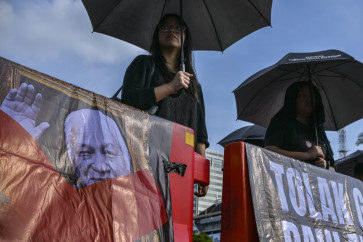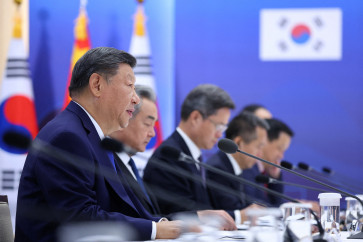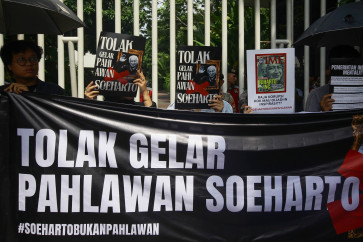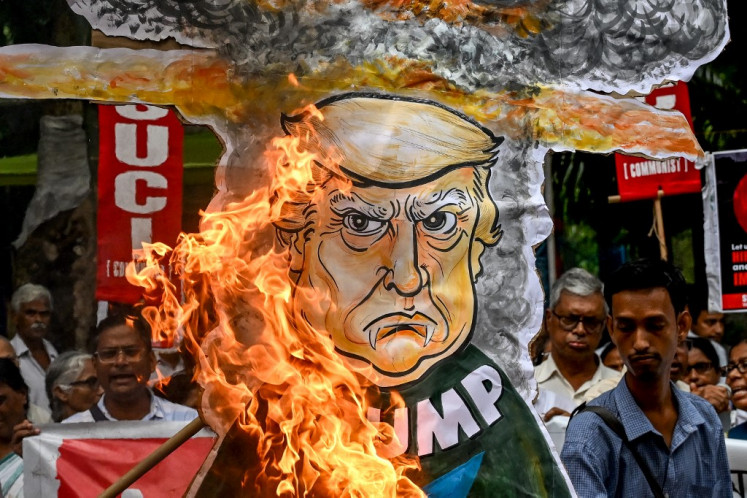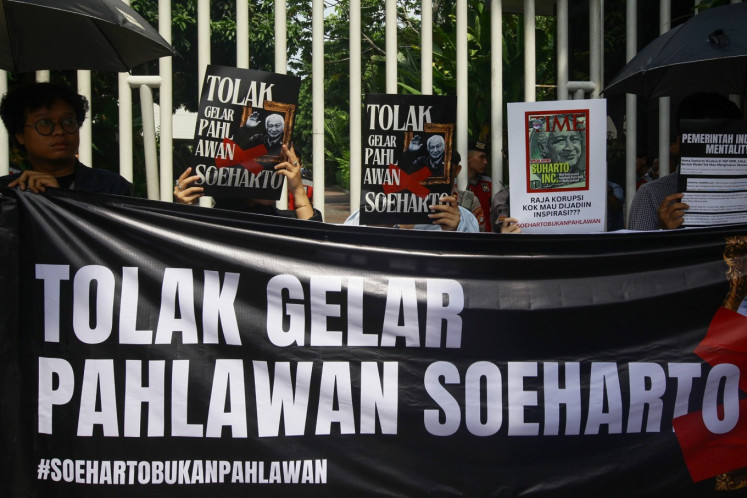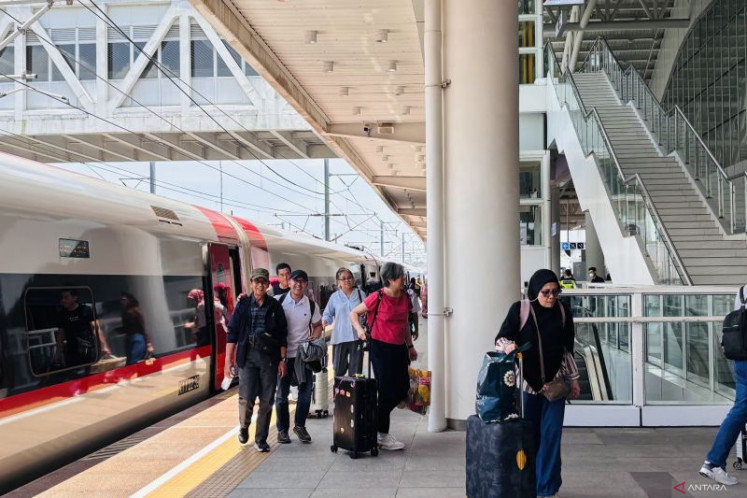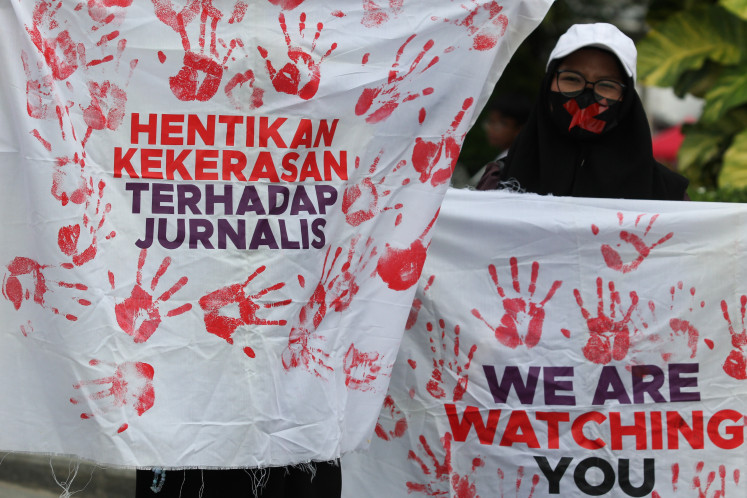Popular Reads
Top Results
Can't find what you're looking for?
View all search resultsPopular Reads
Top Results
Can't find what you're looking for?
View all search resultsWhat does Southeast Asia want from Australia?
Will this activity lead to deepened Australia-Southeast Asia engagement? The answer will depend crucially on how closely Australia aligns with Southeast Asia’s needs and interests. Greater alignment will build a growing sense of solidarity while divergence will see Australia and Southeast Asia drift further apart.
Change text size
Gift Premium Articles
to Anyone
A
ustralia has been giving increasing priority to Southeast Asia. In 2020 Australia announced its largest funding commitment to the region since the 2004 tsunami. This continued into 2021 with Comprehensive Strategic Partnerships agreed with Malaysia and then with ASEAN at the historic first annual ASEAN-Australia Leaders’ Summit.
Will this activity lead to deepened Australia-Southeast Asia engagement? The answer will depend crucially on how closely Australia aligns with Southeast Asia’s needs and interests. Greater alignment will build a growing sense of solidarity while divergence will see Australia and Southeast Asia drift further apart.
So, what does Southeast Asia want from Australia? The authors have been involved in an Asia-Pacific Development, Diplomacy and Defence Dialogue (AP4D) program looking at how Australia can shape a shared future with Southeast Asia that gathered views on this question. Three main themes emerged.
Don’t treat Southeast Asia as a theater of great power competition
Australia needs to avoid narratives that frame Southeast Asia as a battlefield. The region is utterly disinterested in a competition of systems and wants to be engaged and valued in its own right. In the words of Indonesian think tank expert Lina Alexandra: ‘Southeast Asian countries do not want attention in the region simply to be because of the ‘China factor’, but based on building genuine relations.’
That’s not to say that Southeast Asian countries are not concerned about China, or that they are all equally even-handed. The point is that they do not want to pick a side. In the words of distinguished former Singaporean diplomat Bilahari Kausikan, ‘No country in Southeast Asia will accept an exclusive relationship with China or the United States.’ As Malaysian academic Nurliana Kamaruddin explains, countries do not want to be caught in the middle as they rely on both major powers as a matter of ensuring survival.
By contrast, Australia’s formal security alliance with the US—reinforced by the new AUKUS partnership—means that Southeast Asians generally view Australia as more US-aligned. Indonesian think tank expert Evan Laksmana explains that Australia is perceived to act as part of US efforts to challenge China. This can be interpreted as Australia stoking tensions and undermining stability. Malaysian think tank expert Shahriman Lockman believes that this will always be a factor for Australia in the region.
The consistent advice to Australia is to treat Southeast Asian partners as autonomous actors, in line with their self-conception of agency: they don’t want to see themselves as victims of geopolitical and geostrategic shifts.
Respond to Southeast Asia’s priorities
The second consistent message is to focus Australia’s engagement squarely on the needs of the region. As one participant put it, ‘The frame of reference should be what's useful to countries in the region.’
In the wake of COVID-19, the immediate need is for recovery, which the Asian Development Bank assesses as uneven. The impacts of COVID-19 present a major long-term challenge for issues such as unemployment, inequality and mental health.
Australia has shown that it understands the scale of damage across the region and has responded, but its development assistance to the region had previously been slashed. Australia’s reaction to COVID-19 also presents a challenge as it is perceived to have cut itself off from the region through border closures. This has been a particular issue in education as
Australia has been a strong education partner for Southeast Asia.
As one among many players, and with limited resources, Australia needs to be strategic if it wants to make a valuable contribution. This may mean focusing on an emerging area such as digital and tech and investing smartly and generously.
Connect on the basis of shared interests
Finally, there was a consistent call to base Australia’s engagement with the region on shared interests. This requires a change in rhetoric from what Southeast Asia ‘needs’ from Australia to how shared interests can foster a mutually beneficial relationship.
The shared interests with some Southeast Asian countries are clear. For example, Singaporean think tank expert Chen Chen Lee see Australia and Singapore as 'natural partners' that see eye-to-eye on many issues.
But there are many countries in Southeast Asia with which Australia does not have this level of consonance. In this case, one option is to focus less on shared values and more on shared principles for cooperation such as ‘respect for national sovereignty, the peaceful settlement of disputes, non-use of coercion and respect for international law.’
Australia can also extend its influence beyond governments to their people through engagement with civil society. While inconsistencies are inevitable, it is important to continue to implement Australia’s stated human rights aims in the region, including through engagement with civil society.
Australia’s links outside the region—particularly through the Quad and AUKUS — have created something of a problem for Australia in creating a narrative of shared interests. Indonesian academic Evi Fitriani explains this as ‘clutching to reliable partners – and finding out that they do not belong to each other’s reliable clubs.' While reactions to AUKUS in the region have been mixed, one lesson that has been widely drawn is that it undermines ASEAN centrality.
An important message to send to the region is that while there may be significant differences in Australia’s foreign policy approach, there is a convergence of shared interests. Australia doesn’t have to be neutral to be useful.
How should Australia respond to the views outlined above? We suggest it means that Australia should focus on the long game.
What Australia may want is a region that maintains its sovereignty and resilience by pushing back against Chinese encroachment. But the way to achieve this is not by pushing a geopolitical competition agenda. It is by becoming a trusted partner. This means using all the tools of statecraft to align with the region’s long-term interests.
When it engages with Southeast Asia, both regionally and bilaterally, Australia should consistently reinforce a narrative focused on shared interests and partnership with the region. In the words of the 2018 ASEAN-Australia Special Summit Joint Statement: 'We are partners with a vital stake in a dynamic region undergoing major changes. We commit to intensify our shared work to shape a secure and prosperous region for our people.'
An ideal Australia could work towards is one endorsed by Philippine Foreign Affairs Secretary Teodoro L. Locsin Jr who described Australia as 'the anchor of ASEAN, hanging down there as a steadying force in the rising and ebbing geopolitical tides.' His vision of Australia is as a stabiliser, not a destabiliser. This is what Southeast Asia wants from Australia.
***
Melissa Conley Tyler is Program Lead and Sarah Allan is a former researcher at the Asia-Pacific Development, Diplomacy & Defence Dialogue (AP4D). This piece is based on research for the AP4D program “Shaping a shared future — deepening Australia’s influence in Southeast Asia and the Pacific”.
A longer version of this article was first published by Melbourne Asia Review.



